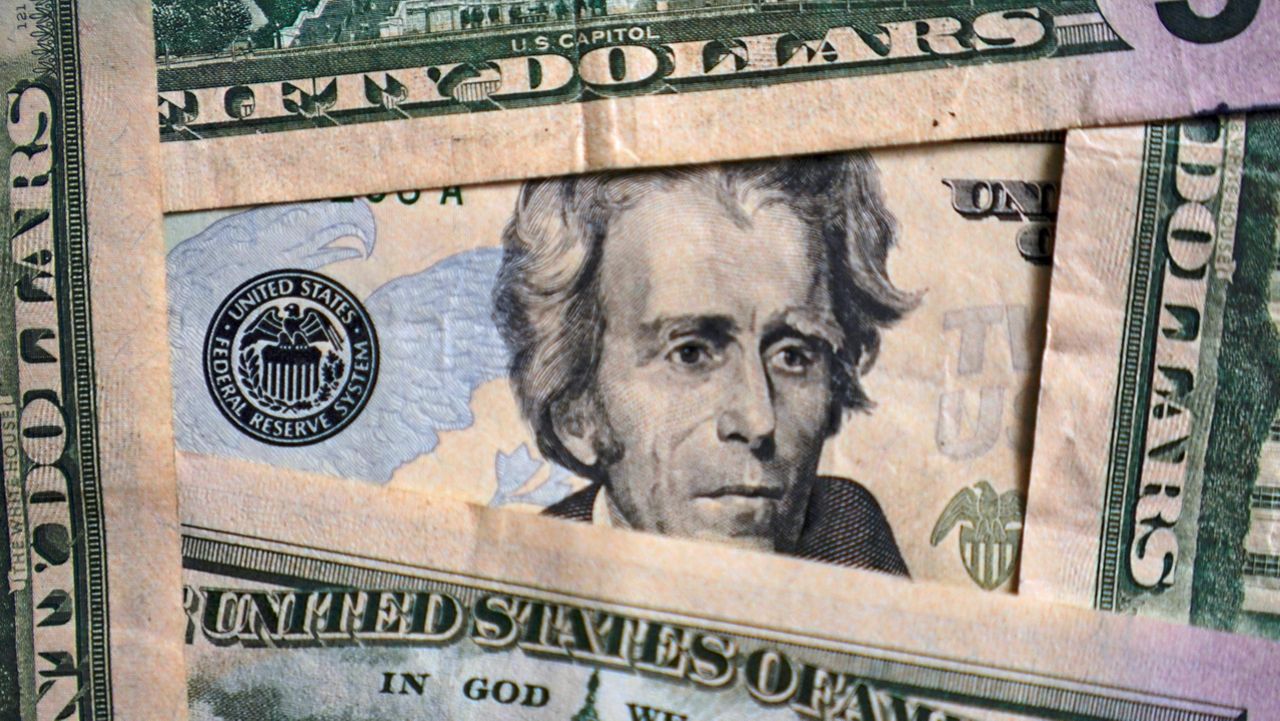RIVERSIDE, Calif. (CNS) — Economic growth is likely to continue through next year in the Inland Empire and other parts of the country, but it may be derailed by federal monetary policies and other factors, according to the UC Riverside Center for Economic Forecasting & Development.
What You Need To Know
- In its annual Inland Empire Economic Conference, the center pointed to positives and negatives on the horizon, noting that inflation, interest-rate tightening by the Federal Reserve Bank and low housing inventories are risks to the regional economy
- On the flip side, employment growth has been steady and consumer spending brisk, so a recession is not certain
- Researchers said that consumer spending is at its highest level since 2006
- The region has recovered all the jobs shed during the coronavirus public health lockdowns, with the transportation and logistics sector leading the way
In its 13th annual Inland Empire Economic Conference, held Wednesday in downtown Riverside, the center pointed to positives and negatives on the horizon, noting that inflation, interest-rate tightening by the Federal Reserve Bank and low housing inventories are risks to the regional economy.
On the flip side, employment growth has been steady and consumer spending brisk, so a recession is not certain.
"Although there are signs of stress in parts of the economy, the wealth created by the excessive fiscal stimulus enacted in 2020 and 2021 continues to drive a consumer consumption binge that will propel the economy forward," center Director Christopher Thornberg said. "The only possible thing that could tip things downward in the near-term is if the Fed applies even more aggressive quantitative tightening to control inflation than they're now projecting."
Some economists have observed that the significant slump in gross domestic product during the last two quarters signals the economy is already in the incipient stages of a national recession.
Thornberg and his fellow researchers acknowledged that the 40-year high inflation rate is a drag on the economy, and the Fed's moves to contain it by gradually soaking up excess liquidity, could shock the economy into a moderate recession. If the Fed abandons rate-tightening altogether, the nation would likely stumble through an extended period of anemic growth, according to the forecast.
"This is now a balancing act," Thornberg said. "Policymakers went from maximum acceleration — the stimulus — to maximum braking — tightening by the Fed — over a single year, something that would create turbulence in even the healthiest economy."
In the previous quarter, UCR's economic forecasters predicated that economic growth would slow but continue at a mellow 2% to 3% in 2023.
The new forecast noted that while the statewide housing market "went (like) gangbusters" for several years, real estate transactions have been throttled recently due to "a rising interest rate environment."
"A price crash in the market is nowhere in sight, although a slowdown in price growth is expected," according to the forecast. "Current sale price cuts for homes in the Inland Empire are more of a reality check than a price decline warranting concern."
Researchers said that consumer spending is at its highest level since 2006, as a share of GDP, which has bolstered economic expansion, but also pushed the nation's trade deficit to a 20-year high.
In the inland region, the jobs story has been impressive, according to the forecast. The region has recovered all the jobs shed during the coronavirus public health lockdowns, with the transportation and logistics sector leading the way.
The researchers predicted that "employment in the Inland Empire (will) continue expanding, although at a tapered pace" in 2023.



